
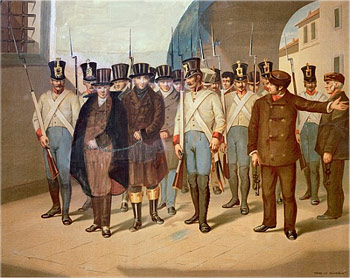 |
| The arrest of Rossi ancestors "The Carbonari". Arrest was a common occurance throughout the family history |
The origins of this dish are a little convoluted; It’s name a derivative of the word “Carbonaro”, a few theories have been floated that this created as a quick and filling pasta dish to feed to the men working in the Italian Charcoal industry; or that it was a somehow connected to a secret society prevalent during the Unification of Italy, “The Carbonari” (AKA “The Charcoal Men”).
That’s the folklore that gets passed around the family dinner table, along with many other embellished whoppers that get swapped with regularity. There’s the actual factual truth, and then there’s the better story; we never let the boring facts get in the way of spinning an entertaining yarn.
Truth be told, conventional wisdom believes Carbonara to be a fairly recent urban concoction, originating in Rome directly after WWII when a steady stream of bacon and eggs were supplied by occupying US troops; well after the family patriarch and Poppa Nick’s father Alfredo Rossi emigrated to the United States.
This is probably the most “Americanized” recipe in Pop’s repertoire. It has been modernized and streamlined for ease of shopping and preparation time.
Per example, instead of the traditional delicacy of using guanciale (salted, sugared, and spiced unsmoked hog jowl bacon) or pancetta, Pops opts for good old “Medigan” American bacon, probably because the family learned the dish from cousins and uncles returning home from service in US armed forces.
That’s a lot easier then finding hog’s cheeks and rubbing them in salt, sugar, and a variety of spices and waiting three weeks for it to cure.
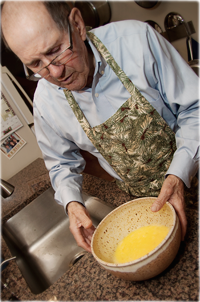 |
| Poppa Primo loves his eggs |
So if not entirely historical or regionally accurate, this one is quick and delicious; the family variation of “Breakfast For Dinner” or “Brinner” as we like to call it. Bacon, Eggs and Cheese coated over Spaghetti. What’s not to love?
A cautionary warning: Although a simple dish ingredients-wise, Spaghetti Alla Carbonara is not so simple in the assembly stage.
We like to call this “Goldilocks Spaghetti”; prepared too cold, and you end up with raw egg zuppa and potential salmonella poisoning. Cooked too hot you end up with a scrambled- eggs-n-bacon bits, screwed-up- stringy-cheesed-spaghetti-frittata mess that tastes good but looks gawd awful on the plate. Assembled too slowly and its a dish served too cold. Assembled too quickly (especially when adding the cheese) and it ends up lumpy.
A successful smooth and creamy Carbonara is all in the timing and a few “heat management” tricks. You have to get this “just right”, and in the following, we’ll explain the kitchen sleight of hand on how to do just that.
Otherwise, you end up with a bunch of disgruntled bears.
 |
| Disgruntled Bears |
Ingredients
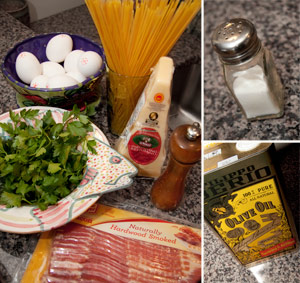
One batch feeds four guests very well.
1 pound of Imported Spaghetti made with 100% durum semolina*
1 pound Oscar Mayer brand bacon
8 large eggs (four yolks and eight whites)
One and ½ Cups freshly grated Imported Parmigiano-Reggiano Cheese*
Approximately ½ - ¾ cup of fresh, hand chopped, Italian flat leaf parsley*
Approximately 1-3 tablespoons Fillipo Berio “Gold Label” medium grade olive oil
Freshly ground black pepper
Coarse Ground, Kosher sea salt
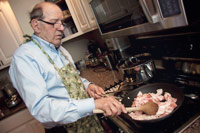 Take care of yer bacon!
Take care of yer bacon! 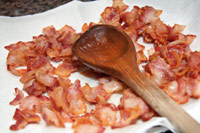 Burnt bacon is for Elvis sammiches. Aim for tender, slightly chewy bacon
Burnt bacon is for Elvis sammiches. Aim for tender, slightly chewy bacon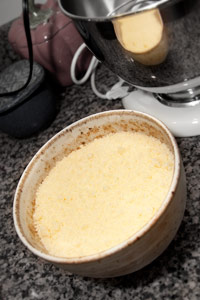 Grated Parmigiano-Reggiano: "Da Cadillac of Da Cheezes!"
Grated Parmigiano-Reggiano: "Da Cadillac of Da Cheezes!"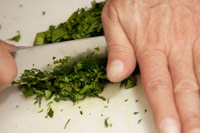 "Choppa Da Parsely"
"Choppa Da Parsely"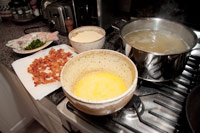 The "Theater of Operations": IT'S "SHOWTIME!"
The "Theater of Operations": IT'S "SHOWTIME!"
The Steps
The prep stage is the key part of the strategy and method to pulling off a Carbonara. That and the timing of putting all the elements of the dish quickly in the assembly stage.
So first, put your pot of pasta water on the stove, on medium heat so you don’t have to wait for your water to boil.
The Prep Stage
- Slice the bacon into approximately one cubic inch “squares”. Toss into a 12” frying pan (non stick is OK, but stainless or cast iron is better) over medium to medium high heat, separating all the little squares as you go. When the grease starts to build up, spoon off the excess bacon grease, as this will speed up the over-all cooking time.
You don’t want to end up with burned “Elvis” bacon. That’s for peanut butter, banana and burnt bacon sammiches. You want to aim for pink, slightly chewy bacon with a little bit of unrendered fat still visible. Remove bacon onto a a paper toweled plate, and discard the remaining rendered grease.
Set the bacon, and the bacon encrusted pan, aside. - Grate your cheese. You want a “fine” grate, not large slivers of cheese. A food processor is a handy dandy tool for this stage, but not entirely necessary.
- Rinse, wash, and very importantly dry a bunch of fresh parsley leaves. A salad spinner and centrifugal force is handy too, but paper towels will do.
Try not to use the food processor when chopping parsley. It turns it into green chlorophyll goop. Do it by hand with a sharp knife. The labor makes the food taste better! - Separate your 8 eggs into an oven safe bowl, using eight whites and four yolks. Whisk thoroughly, and place in an oven set to “warm” (Between 115-145 degrees).
- Place your oven safe serving dishes in the warming oven as well. Jack the heat on the pasta water to high and bring it to a roiling boil.
Assemble all of your prepared ingredients, and your pepper mill right next to your stove top within hand’s reach. Now you’re ready for “showtime”, ladies and gentlemen.
The Assembly Stage
- Salt the boiling pasta water (about 1 and ½ tablespoons) and toss in the Spaghetti
- Cook to one minute before “al dente” status. Remove eggs from the warming oven, reserve some pasta water, and place both in your “theater of operation”. Yell very loudly that everybody better siddown at the table, PRONTO!
If you’re going to be a “Primo” in the kitchen,don’t be afraid to bark out marching orders like a drill sergeant to all your brood.
Now, as quickly as humanly possible, and we might add that at this stage, four hands are better than two... The Primo should toss the pasta while the Secondo does the pouring, adding and pepper grinding - Drain the pasta in a colander quickly and without shaking out excess water. You want a “loose and wet” drain. Immediately toss into your “bacon pan” (remember that? refer to step # 1 of “The Prep Stage”)
- Free pour (about a tablespoon...or two) some olive oil onto the steaming pasta and toss well quickly. The pasta should have a glistening sheen.The oil will aide in the process of coating each strand of spaghetti with your egg and cheese mixture.
- Pour the eggs over the pasta, and toss while the Secondo...
- Grinds a copious amount of black pepper onto the pasta and then....
- Starts adding the grated cheese a handful at a time... don’t dump all of it all at once, as you will end up with a lump of cheese!
- As The Primo monitors the assembly for the proper consistency while tossing and yelling for more cheese as needed, meanwhile The Secondo...
- Adds all of the bacon, and the called for amount of parsley, depending once again on personal taste and style aesthetics of The Primo.
- At this point, the pasta should start to take on a creamy consistency. If its too dry and tight, drizzle a small amount of the reserved pasta water onto the pasta. If its too loose, add more cheese. Keep tossing and yelling orders at your The Secundo, Primo..... until its just right!
- Pull the warmed serving dishes out of the oven, plate and serve immediately. This dish cools down quickly.
- Everybody “Mange Bene” (and be prepared to accept compliments with humility and grace).
- Take a load off, swill down a gulp or two of wine.
Buon Appetito!
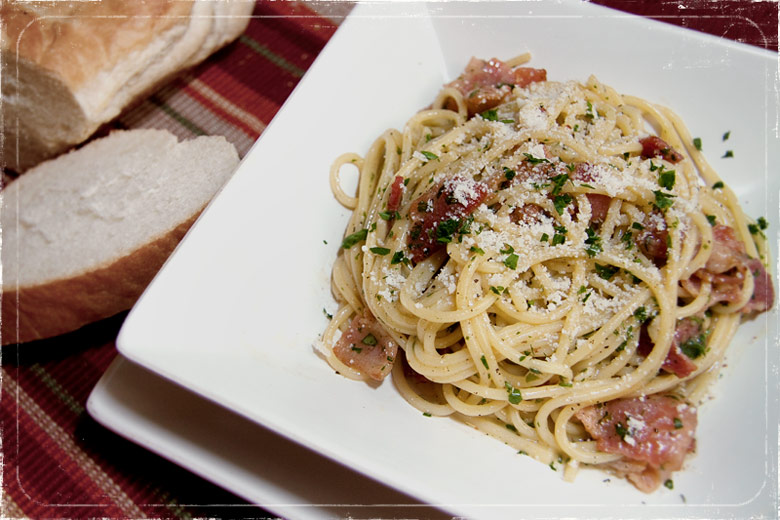
|
| "If you like bacon an' eggs... imagine it with spaghetti... aaah [makes slurrrrrp sound]" ~Primo Rossi |
* Note on Ingredients
The quality of your ingredients affects the quality of your finished product.
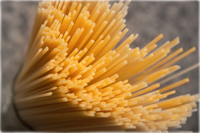 |
Pasta
You can make your own of course, but not everybody has time to do that.
There are major differences in mass manufactured dried pasta. Most domestically produced product in the US uses a mixture of semolina and farina, and is manufactured with high pressure presses with teflon coated dies, and run through high speed dryers.
All of that, in any or all combinations, results in an inferior pasta product. As it boils, the walls of the pasta turn to mush before the core of the pasta can reach the right “al dente” status.
Most (but not all) Italian dried pasta is made from 100% durum semolina, is manufactured with low pressure presses through bronze dies, and is finished in low heat, slow curing dryers; all resulting in a vastly superior pasta product for everyday use. The pasta walls hold up over the boiling period until the core can reach the proper “al dente” consistency, and the walls are a bit rougher; they hold and absorb the sauce, and it just tastes better besides.
Poppa Nick prefers De Cecco brand pasta and if you can get it, Wegman’s private label “Italian Classics” brand.
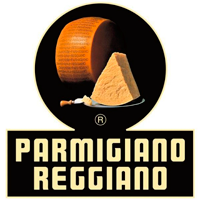 |
Parmigiano-Reggiano Cheese
There really is no substitute for Imported Italian Parmigiano-Reggiano cheese that obeys Italian labeling laws as originating and produced in the Emilia-Romagna region of Northern Italy.
It is golden. The “King of Italian Cheese”. Or as Poppa Primo says, “Its da Cadillac of da cheezes!”.
You can get away with substituting a domestic grated cheese, but your dish just won’t be as good as it could be. If you think you can use the unrefrigerated stuff in a green can found in the “Eye-Talian” aisle of your local grocery store... it might be time to look for another hobby.
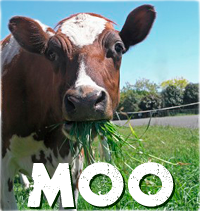 |
Italian Flat Leaf Parsley
This one is easy, and I quote “Primo” here; “Curly Parsley may be pretty, but what is this? The Three Stooges? It tastes like grass! Feed it to the cows, not your family.”
Don’t feed your family grass. Feed ‘em flavor!